Finding The Right Knee Support
CONDITIONS OF THE KNEE
Your knee is the largest joint in the body and must withstand your entire weight, it serves as a hinge between the thigh bone (femur) and the top of the shinbone (tibia). The kneecap (patella) on the front side transmits the traction force of the strong thigh muscle to the tibia, allowing the knee to stretch. The knee has a complex system of tendons, muscles, and ligaments to aid movement. Because of this, and because of the great forces that occur during activities such as jumping or running, the knee joint is quite vulnerable to injuries.
In this guide, we will walk you through some of the most common conditions of the knee and outline which knee supports and knee braces may be most suitable in facilitating enhanced comfort for these conditions. We understand how hard it can be to get the right knee support or knee brace so hopefully, this in-depth guide help you find the solution you are looking for.
Patellar Tendonitis (Jumper’s Knee)
A condition that arises when the tendon and the tissues that surround it become inflamed and irritated. Typically caused by overuse, especially from activities that include jumping, hence, the name “Jumper’s Knee.” It can occur in any sport. Usually, the pain is concentrated at a single point below the kneecap (patella).
Knee supports and braces that may be suitable for Patellar Tendonitis:

Chondromalacia Patella Syndrome (Runner’s Knee)
A condition where the cartilage on the undersurface of the kneecap (patella) deteriorates and softens. It is common among young, athletic individuals, but may also occur in older adults with arthritis, previous injury, obesity, or malformation of the patella alignment.
Knee supports and braces that may be suitable for Chondromalacia Patella Syndrome:
Osgood-Schlatter Disease
An inflammation of the area just below the knee where the tendon from the kneecap (patellar tendon) attaches to the shinbone (tibia). It is a common cause of knee pain in growing adolescents. Pain at the top of the shin may last for several weeks or even months.
Knee supports and braces may be suitable for Osgood-Schlatter Disease:
Ligament Tears
Complete or partial tears of the Anterior Cruciate Ligament (ACL), Lateral Collateral Ligament (LCL), Medial Collateral Ligament (MCL) or Posterior Cruciate Ligament (PCL).
Knee braces that may be suitable for Ligament Tears:
Knee Strain
A mild injury to tissue or structures, such as tendons in the knee.
Knee supports and knee braces for Knee Strains:
Knee Sprain
A moderate injury to tissue or structures, such as ligaments in the knee.
Knee supports and knee braces that may be suitable for Knee Sprains:
- Actimove Sports Edition Open Patella Adjustable Knee Support
- Actimove Sports Edition Open Patella Knee Support
Bursitis
Inflammation of the bursae (fluid-filled sacs that cushion the bones, tendons and ligaments) is caused by an injury or overuse. These sacs can enlarge with extra fluid, resulting in joint pain, tenderness and swelling as they push against the inner tissues.

Degenerative Joint Disease
The most common disease of the knee joint which is considered to progress naturally with age. The cushioning cartilage, covering the joint surface, is slowly destroyed with age. As bones rub against one another this causes inflammation, pain and stiffness. Advanced arthritis leads to the deformation of the underlying bone. Please take a look at our Arthritis Supports for more information on knee supports for Arthritis
Dislocation (Patellar Subluxation)
Occurs when the kneecap (patella) partly moves out of place. This occurs due to the kneecap being pushed too hard, or the quadriceps, retinacula, or patellar tendon being pulled too hard.
Knee supports and knee braces that may be suitable for Dislocation:
Knee Supports that immobilises the knee and prevent further damage such as

Meniscal Injuries
The result of abnormal stresses caused during twisting injuries of the knee that result in strain/tears of the meniscal tissues. The inner (medial) meniscus is much more affected than the outer meniscus (lateral).
Knee brace that may be suitable for Meniscal Injuries / Tears:
Knee supports and braces that may be suitable for Minor Meniscal Injuries:
Open Patella Knee supports such as
The information provided is for educational purposes only and is not intended for self-diagnosis or treatment. Always consult a physician or health care professional to obtain an accurate diagnosis and when encountering persistent pain, discomfort, inflammation or swelling.
The medical content provided was developed and summarised by medical professionals on behalf of Essity T/A BSN medical and is based on the most current available orthopaedic knowledge.
|
Actimove SPORTS EDITION - Knee Supports Conditions Guide If viewing the below table on mobile, please rotate your screen to landscape view |
|
 Knee Stabiliser Knee Stabiliser |
 Knee Support Adjust. Knee Support Adjust. |
 Knee Support Knee Support |
 Dual Knee Strap Dual Knee Strap |
 Patella Strap Patella Strap |
|
| Chondromalacia patella | ||||||
| Contusions | ||||||
| Ligament injuries/tears (MCL, LCL, PCL) | ||||||
| Meniscal injuries/tears | ||||||
| Meniscal injuries (minor) | ||||||
| Osgood Schlatter disease | ||||||
| Painful knee injuries | ||||||
| Patellar instability | ||||||
| Patella pain syndrome | ||||||
| Patella tracking | ||||||
| Patellar tendonitis (jumper's knee) | ||||||
| Patellofemoral pain syndrome | ||||||
| Patellar subluxation | ||||||
| Prevention | ||||||
| Soft tissue injuries | ||||||
| Sprains | ||||||
| Strains | ||||||
| Swelling | ||||||
| Buy Now | Buy Now | Buy Now | Buy Now | Buy Now | Buy Now |
*Always consult a physician or health care professional to obtain an accurate diagnosis and when encountering persistent pain, discomfort, inflammation or swelling.
For more knee supports, please visit our relevant Knee Supports section






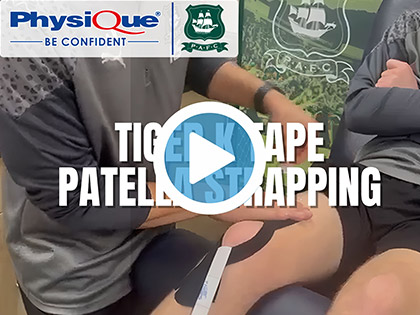






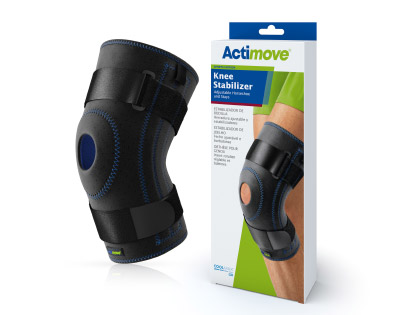




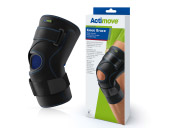














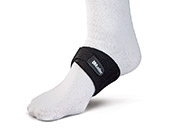













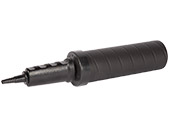








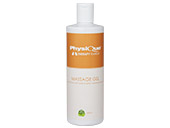


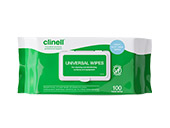


Did you find this article useful?
Why not share this with a colleague, patient or friend?